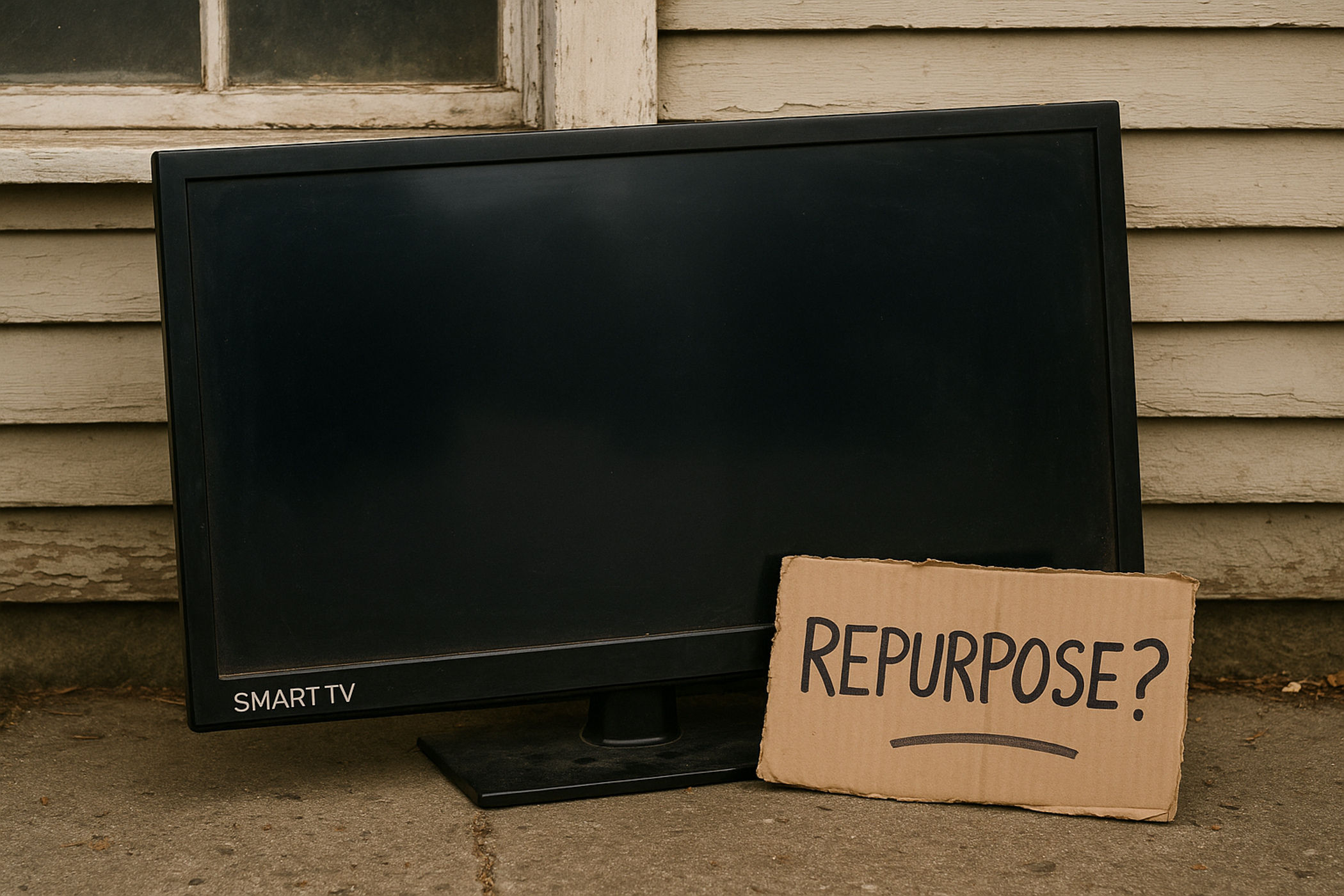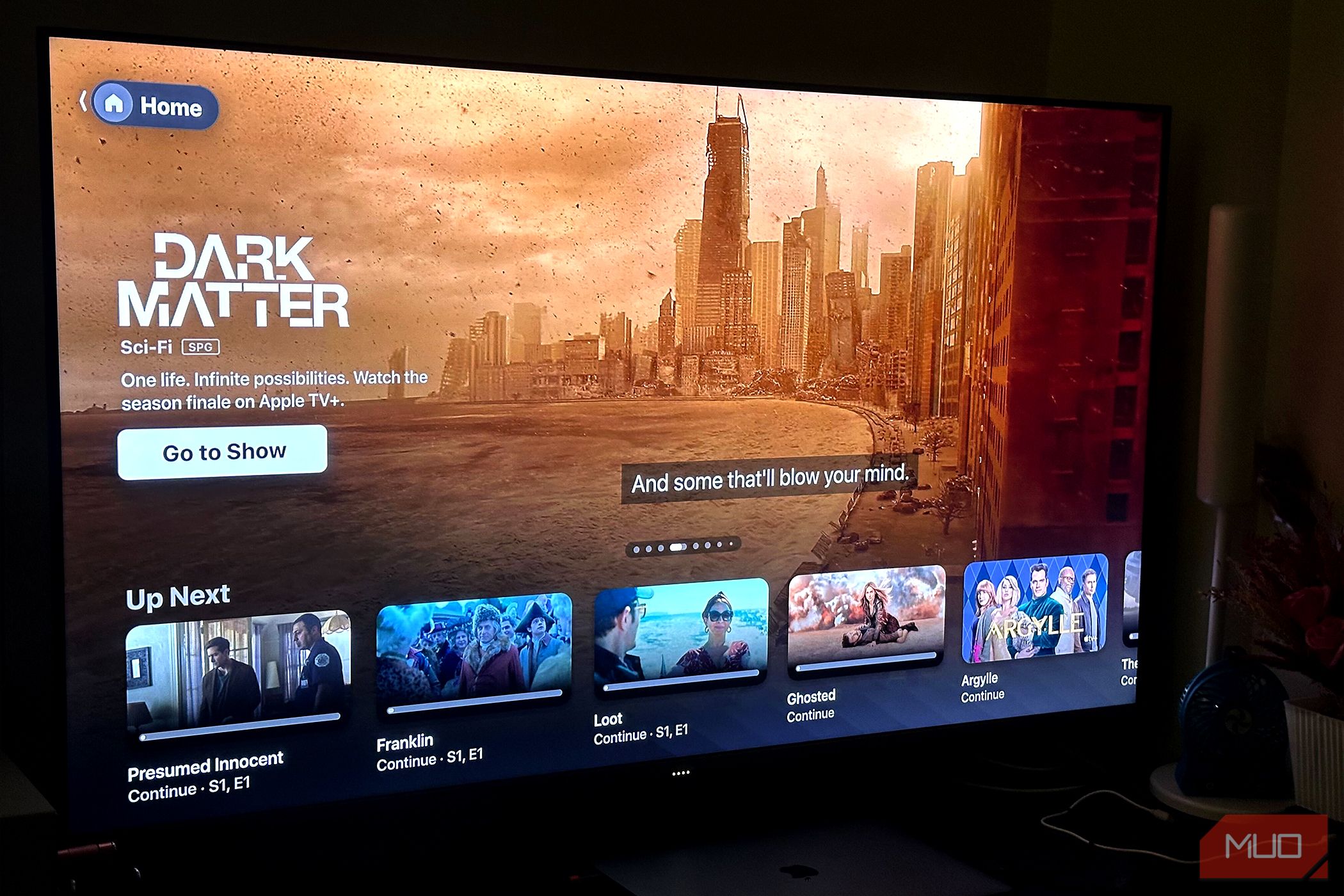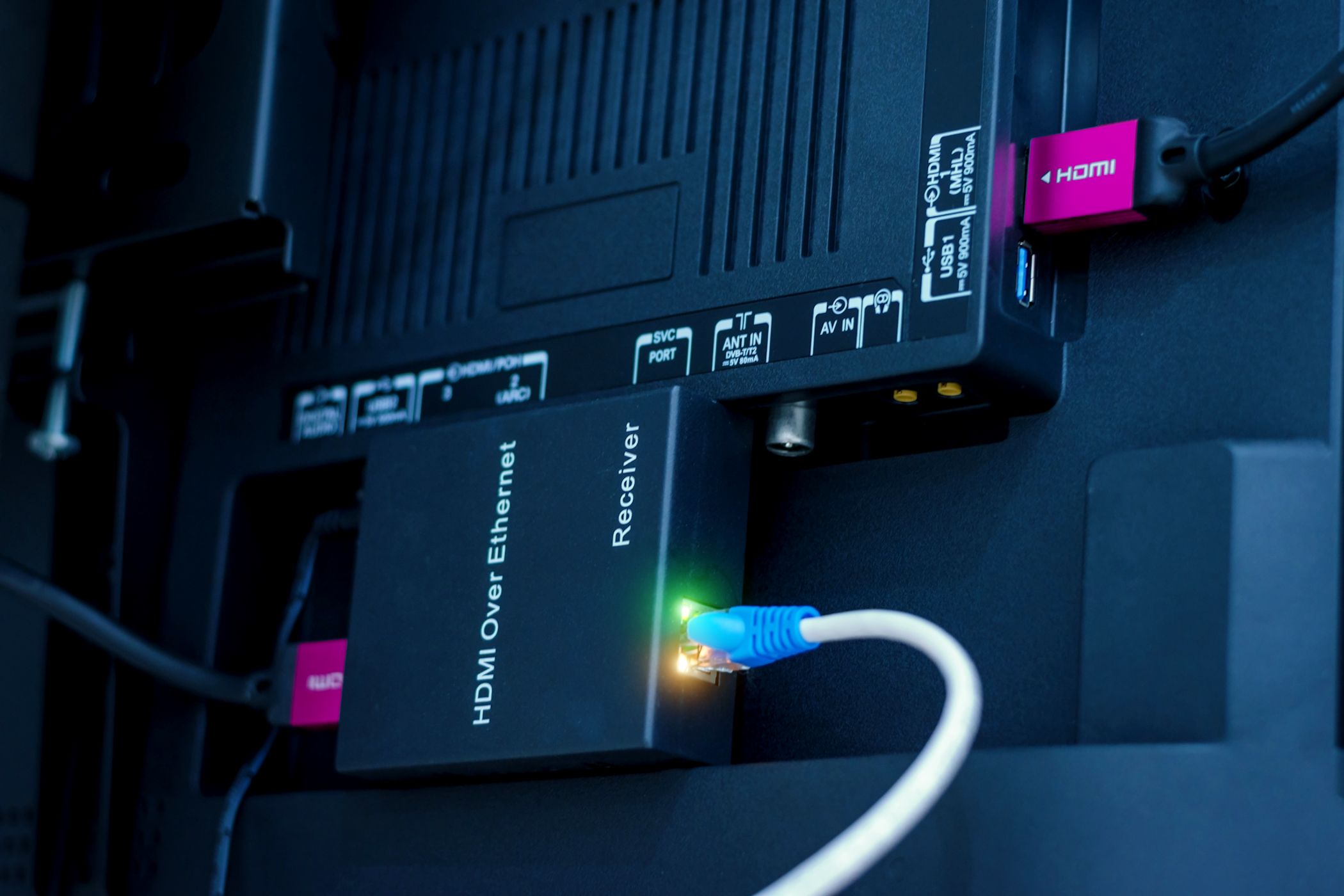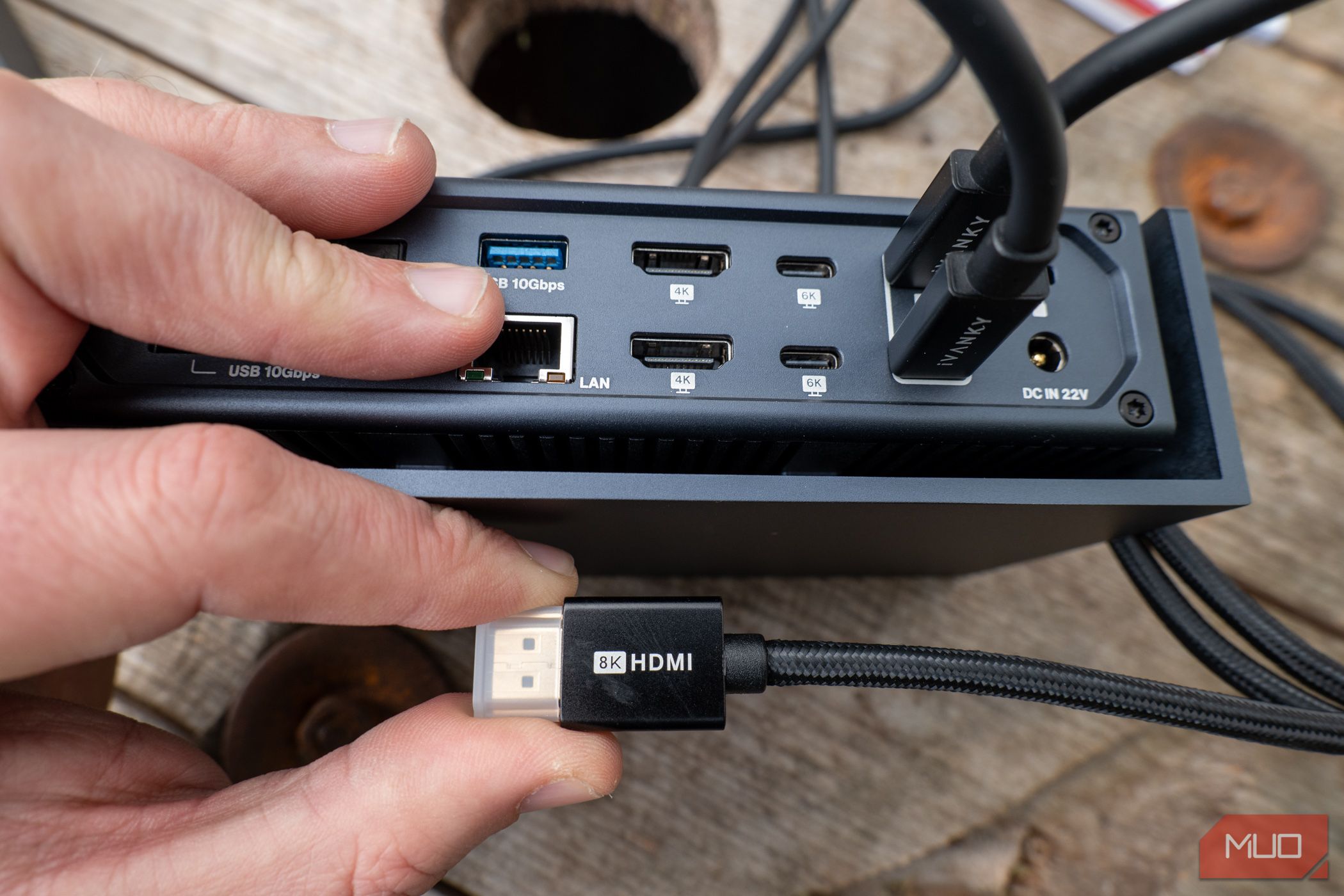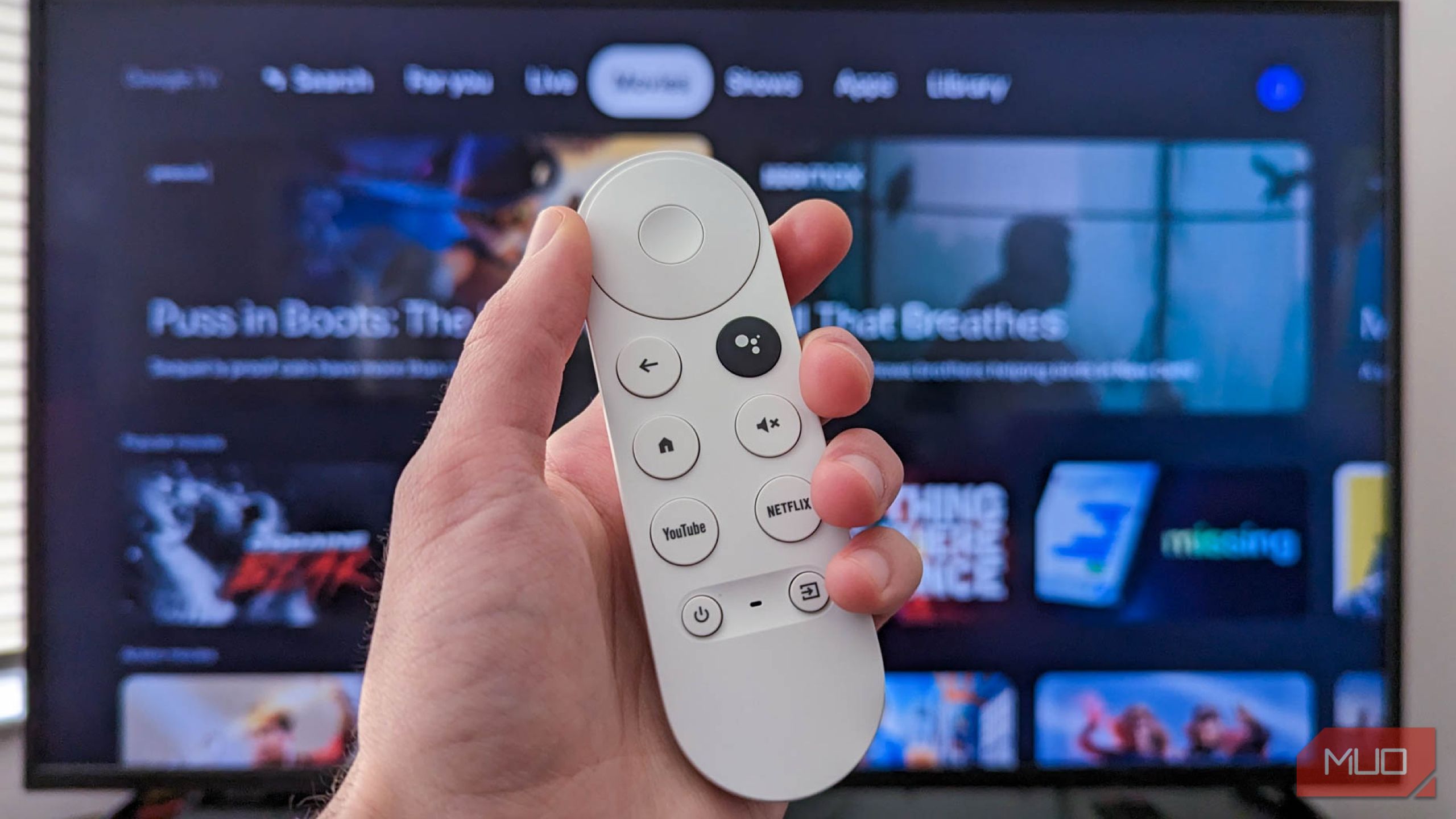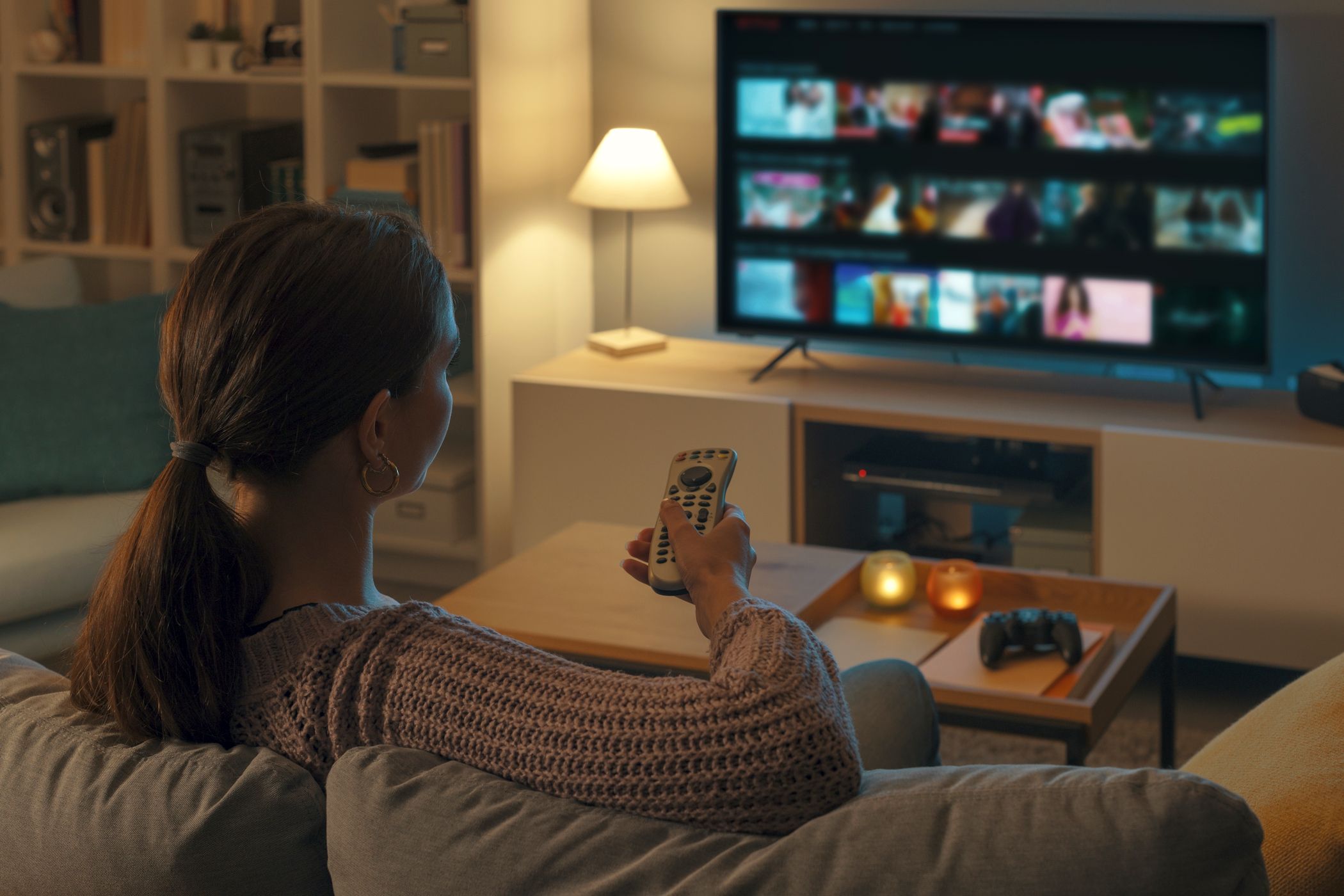A consortium of Chinese tech giants is developing a brand new video connector. If its claims are true and it delivers on its expected specs and performance, HDMI is about to get a serious run for its money—and could be replaced entirely in some cases.
What Is GPMI?
China’s Shenzen 8K UHD Video Industry Cooperation Alliance, a group of more than 50 Chinese companies, has released a new wired media communication standard that rivals HDMI: the General Purpose Media Interface (GPMI).
The alliance wanted to reduce the cables required to stream data and power from one device to another—a goal USB4 has already achieved. That said, GPMI takes this to the next level by providing significantly more bandwidth and power.
The cable combines video and audio transmission, data transfer, network connection, and power delivery in one interface.
This means you can run higher-resolution displays while powering more power-hungry devices over a single cable. The standard also supports universal control standards like HDMI-CEC, meaning all appliances connected via GPMI will support one remote control.
Power and Display Specs
According to HKEPC, the GMPI cable comes in two variants:
- GPMI Type-B: Has a total bandwidth of 192 Gbps and supports up to 480W power delivery.
- GPMI Type-C: Has a total bandwidth of 96 Gbps and supports power delivery of up to 240W.
While USB-C can theoretically deliver 240W of power, it’s limited to 40Gbps of bandwidth. GPMI Type-C increases the bandwidth by more than double while retaining the same power delivery rating. GPMI Type-B blows everything else out of the water.
480W of power won’t run your RTX 50-Series-powered PC over a single cable to your monitor, but it is a massive convenience for laptop users. Most, if not all, gaming laptops with a high-end GPU, including the RTX 50-Series, will be able to use the cable to connect an external display and charge the laptop at the same time, bringing one-cable docking solutions to even the most power-hungry laptops.
The bandwidth is also bidirectional and can transfer data without a hitch. The additional bandwidth is helpful because even if a device isn’t using it for spitting out 8K video, it can be used for other connections. There are HDMI features to simplify your streaming setup, but GPMI takes it to the next level.
For example, if you previously connected a set-top box to your TV via HDMI for audio and video and used Wi-Fi for internet connectivity, you can now use a single GPMI cable for power, audio/video, and internet connection via Ethernet.
GPMI vs. HDMI
Here’s a quick look at how GPMI compares to HDMI and other popular connectors:
|
Display Standard |
Bandwidth |
Power Delivery |
|---|---|---|
|
GPMI Type-B |
192 Gbps |
480W |
|
GPMI Type-C |
96 Gbps |
240W |
|
HDMI 2.2 |
96 Gbps |
No Power Delivery |
|
DisplayPort 2.1 |
80 Gbps |
No Power Delivery |
|
HDMI 2.1 FRL |
48 Gbps |
No Power Delivery |
|
USB4 |
40 Gbps |
240W |
|
Thunderbolt 4 |
40 Gbps |
100W |
|
HDMI 2.1 TMDS |
18 Gbps |
No Power Delivery |
As mentioned before, GPMI outperforms every display and power connector. The best HDMI can do is 96 Gbps over HDMI 2.2, but you get no power. That’s good enough for 10K at 120Hz, 8K at 240Hz, or 4K at 480Hz, but you’ll need an additional cable for power. With GPMI, you can pull higher refresh rates on 8K monitors, meaning 8K 480Hz or even 10K 240Hz displays can become a reality.
Other than home entertainment systems, TVs, and laptops, external GPUs will also be able to use the connector. Currently, you can run an external GPU to its full capabilities, as USB-C is limited in power delivery. However, with GPMI, external GPUs will become a one-cable solution without compromising on power requirements.
When Is GPMI Launching?
Big Chinese tech companies like TCL, Hisense, Huawei, Sharp, HKVision, and Tencent are part of the group developing GPMI, so it’s not something that’ll make headlines for a few weeks and fade away. According to the GPMI white paper [PDF], appliance testing is already scheduled for Q1 2025.
If everything goes to plan, companies will probably launch GPMI-enabled devices in early 2026, with consumer models arriving later. GPMI has already obtained the SVID (0XFF10) authorization from USB to merge with the Type-C connector, so the GPMI Type-C variant could come to market sooner.
GPMI will take some time to arrive at your desk, though. The standard targets multiple sectors, such as smart home, automotive, industrial, and automotive, but the primary focus is on the general consumer market. That said, home entertainment devices and TVs will be the first products to enjoy GPMI’s benefits.
A GPMI connector on a high-end gaming laptop with power-hungry specs would be a dream, but it will take a good couple of years before the technology even begins to arrive in the consumer market. Given HDMI and DisplayPort’s dominance, it’s going to be a while before people start phasing out older appliances in favor of GPMI-enabled ones.
HDMI needs to increase its capabilities if the connector wants to stand any chance against GPMI. HDMI 2.2 is here, so the competition is a little closer, but HDMI’s latest iteration has some issues that GPMI doesn’t. Given GPMI’s promises, it could easily be the end of HDMI, and perhaps even DisplayPort and USB-C, if the two GPMI variants come to the consumer market promptly.
